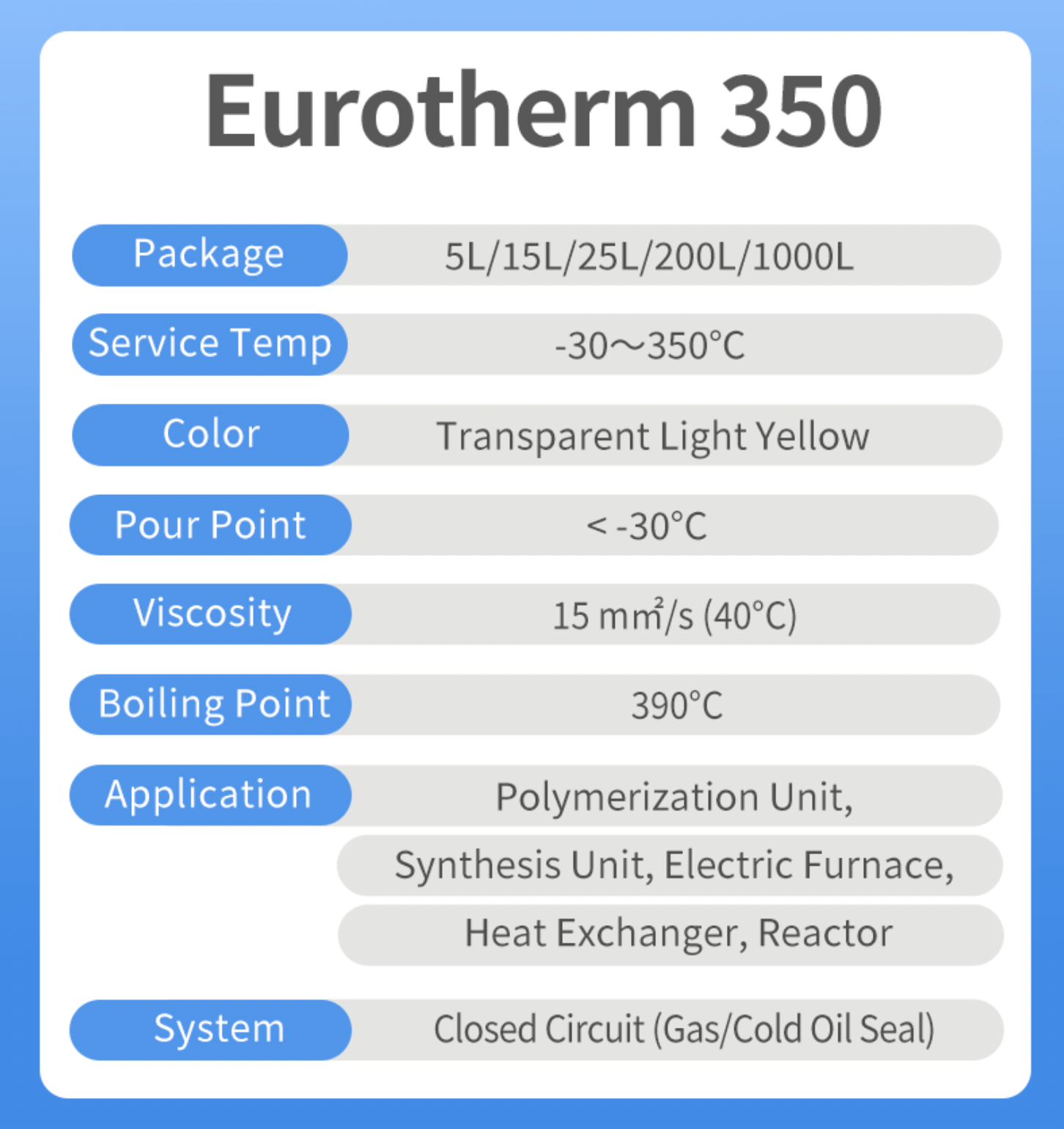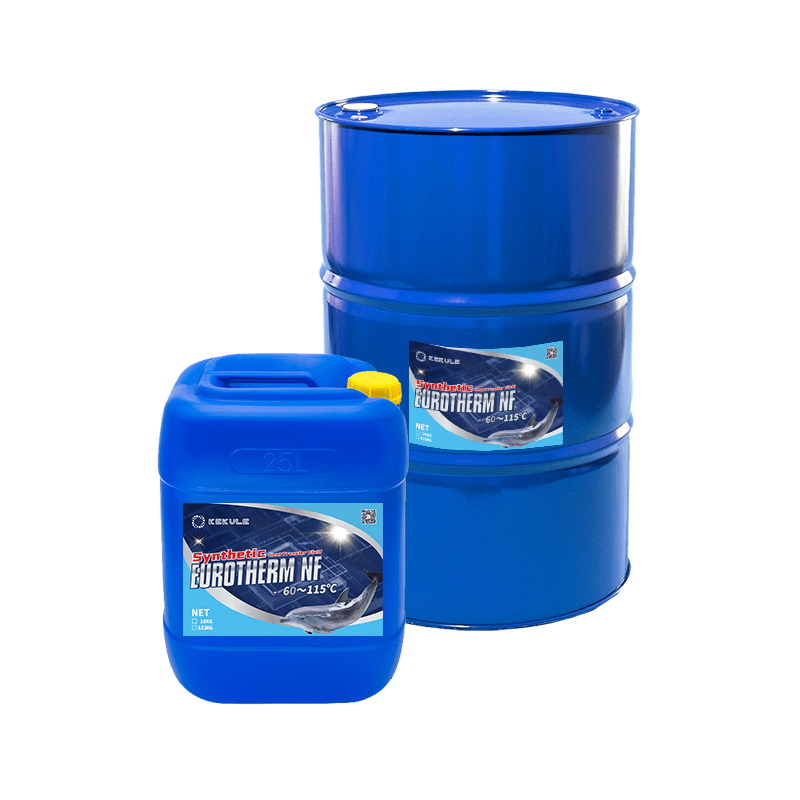Get This Report about Chemie
Get This Report about Chemie
Blog Article
Fascination About Chemie
Table of ContentsAll About ChemieThe 4-Minute Rule for ChemieFascination About ChemieThe 8-Second Trick For ChemieWhat Does Chemie Mean?Chemie - An Overview
By Bojanna Shantheyanda, Sreya Dutta, Kevin Coscia and David SchiemerDynalene, Inc. Liquid air conditioning, which can be attained using indirect or direct methods, is utilized in electronics applications having thermal power densities that may go beyond risk-free dissipation through air cooling. Indirect liquid cooling is where heat dissipating digital parts are physically divided from the fluid coolant, whereas in case of straight cooling, the components remain in direct contact with the coolant.In indirect cooling applications the electrical conductivity can be essential if there are leakages and/or spillage of the liquids onto the electronic devices. In the indirect cooling applications where water based fluids with rust inhibitors are generally utilized, the electric conductivity of the fluid coolant primarily depends upon the ion focus in the fluid stream.
The increase in the ion concentration in a closed loop fluid stream may take place due to ion seeping from metals and nonmetal elements that the coolant liquid is in call with. During operation, the electrical conductivity of the liquid may enhance to a degree which can be hazardous for the air conditioning system.
Chemie Things To Know Before You Get This
(https://chemie.godaddysites.com/f/revolutionizing-cooling-and-heating-solutions-with-chemie)They are bead like polymers that can trading ions with ions in a service that it touches with. In today job, ion leaching tests were carried out with numerous steels and polymers in both ultrapure deionized (DI) water, i.e. water which is dealt with to the highest degree of purity, and reduced electrical conductive ethylene glycol/water blend, with the measured change in conductivity reported with time.
The examples were enabled to equilibrate at area temperature level for two days prior to videotaping the preliminary electric conductivity. In all tests reported in this research fluid electrical conductivity was determined to an accuracy of 1% making use of an Oakton disadvantage 510/CON 6 series meter which was adjusted before each measurement.
The 5-Minute Rule for Chemie
from the wall heating coils to the center of the heating system. The PTFE example containers were positioned in the furnace when constant state temperatures were gotten to. The examination configuration was eliminated from the furnace every 168 hours (seven days), cooled to room temperature level with the electric conductivity of the fluid gauged.
The electrical conductivity of the liquid example was kept an eye on for a total amount of 5000 hours (208 days). Figure 2. Schematic of the indirect closed loophole cooling down experiment set-up - inhibited antifreeze. Table 1. Elements used in the indirect closed loophole cooling down experiment that touch with the liquid coolant. A schematic of the experimental arrangement is received Figure 2.

Little Known Facts About Chemie.
During operation the fluid reservoir temperature was maintained at 34C. The modification in fluid electrical conductivity was kept an eye on for 136 hours. The fluid from the system was gathered and stored. In a similar way, closed loophole test with ion exchange resin was lugged out with the exact same cleansing treatments employed. The initial electric conductivity of the 230ml UP-H2O in the system gauged 1.84 S/cm.

0.1 g of Dowex resin was included to 100g of fluid samples that was absorbed a different container. The combination was mixed and transform in the electrical conductivity at room temperature was gauged every hour. The measured modification in the electric conductivity of the UP-H2O and EG-LC examination fluids containing polymer or metal when involved for 5,000 hours at 80C is revealed Figure 3.
Chemie for Beginners
Figure 3. Ion leaching experiment: Measured adjustment in electrical conductivity of water and EG-LC coolants containing either polymer or steel examples when immersed for 5,000 hours at 80C. The outcomes suggest that steels contributed less ions into the liquids than plastics in both UP-H2O and EG-LC based coolants. This could be as a result of a slim metal oxide layer which may serve as an obstacle to ion leaching and cationic diffusion.
Fluids including polypropylene and HDPE showed the most affordable electrical conductivity changes. This might be because of the short, stiff, straight chains which are less most likely to contribute ions than longer branched chains with weaker intermolecular pressures. Silicone likewise performed well in both examination fluids, as polysiloxanes are typically chemically inert due to the high bond power top article of the silicon-oxygen bond which would avoid degradation of the product into the fluid.
What Does Chemie Do?
It would certainly be expected that PVC would produce comparable results to those of PTFE and HDPE based upon the comparable chemical structures of the products, nevertheless there may be other pollutants present in the PVC, such as plasticizers, that may impact the electric conductivity of the liquid - dielectric coolant. In addition, chloride groups in PVC can likewise leach right into the test liquid and can create an increase in electrical conductivity
Polyurethane completely disintegrated into the test fluid by the end of 5000 hour examination. Before and after images of steel and polymer samples immersed for 5,000 hours at 80C in the ion seeping experiment.
Measured adjustment in the electric conductivity of UP-H2O coolant as a function of time with and without resin cartridge in the shut indirect air conditioning loophole experiment. The gauged adjustment in electrical conductivity of the UP-H2O for 136 hours with and without ion exchange material in the loophole is displayed in Figure 5.
Report this page